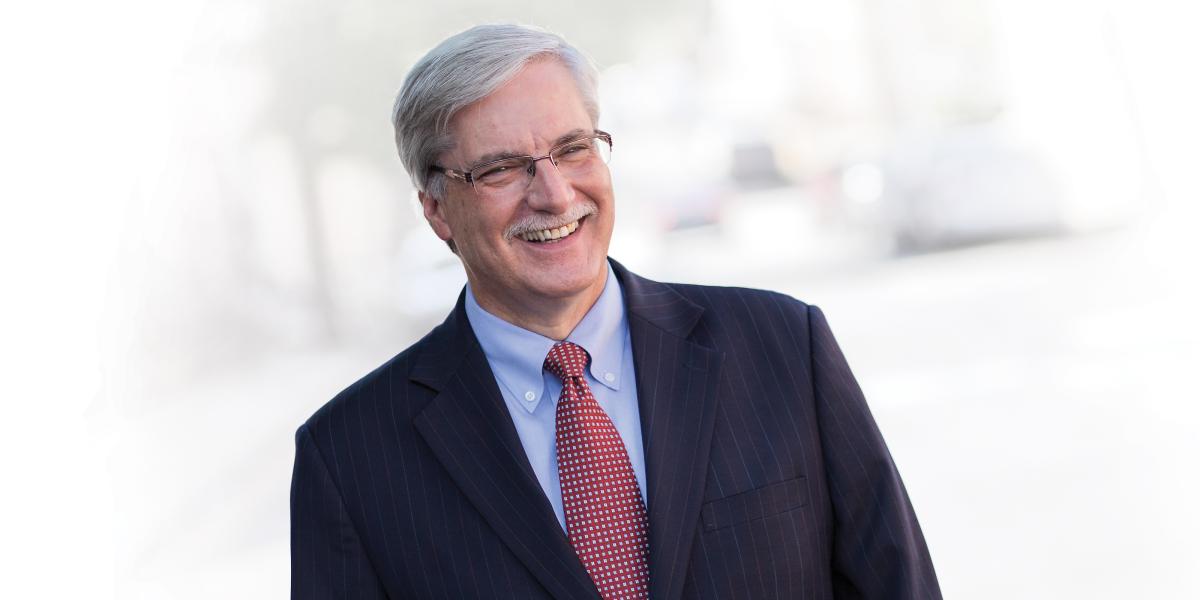Open Mike: No Health Without Wealth
Decades of stagnant real income have had real effects on health in the U.S.
Desperate people do desperate things. The truth of this axiom is playing out now in the U.S.
Americans are not usually labelled as “desperate,” but there is evidence to support doing so. Real income in this country has remained stagnant since the 1970s for everyone except the top 1 percent of earners, who have seen their incomes rise steadily. Since 1979, real annual wages of the top 1 percent grew by 138 percent while wages for the bottom 90 percent grew by just 15 percent, according to the Economic Policy Institute.
Flat income doesn’t just mean missing out on meals at restaurants or skipping vacations. Economic well-being is a major determinant of health. Research provides powerful evidence of this relationship in the U.S. A recent JAMA article examined the association of income and life expectancy at 40 years of age, measured from 1999 to 2014. Men in the upper 1 percentile of the income distribution had a life expectancy at age 40 that was 14.6 years longer than those in the lowest 1 percent. For women, the differential in survival was 10.1 years. These are astounding differences. What’s worse is that the disparities in survival between income groups actually increased over the 15 years of the study.
Burrowing into national vital statistics data raises more concerns. Mortality in African-Americans is much higher than in whites, who have higher mortality than Hispanics. And mortality in middle-aged whites is increasing.
When people sense a lack of opportunity and suffer diminishing health, desperation grows.
America’s widening disparities in survival contribute to its dismal comparison with other high-income countries, where life expectancy has risen faster. In 1980, the U.S. was in the middle of the pack of 25 peer nations in probability of surviving to age 50. The most recent data indicate that we now have the lowest expectation of reaching age 50 of our peer group—an astonishing fact for a country that sees itself as the greatest country in the world. Our child mortality rate, while envied by low- and middle-income countries, lags behind our peers and many middle-income countries. In under-5 mortality, the U.S. ranks 43rd among all countries with 7 deaths per 1,000, doing far worse than countries like Slovenia, Cyprus and Cuba, according to UN data.
The magnitude of income and wealth disparities in the U.S. is huge. For example, the top 1 percent of the income distribution controls 42 percent of the nation’s wealth. The top 0.1 percent controls 22 percent. There are large inequities in wealth by ethnicity and race; the net worth of whites is 15-fold higher than African-Americans and 13 times greater than Hispanics. Desperation and anger, fueled by recognition of income and health inequities is, in my opinion, driving the public’s support for presidential candidates who are equally angry, including a candidate who wants to ban Muslims from the U.S. and build walls around us.

The increasing disparities in income and resultant inequities in health are a call to action to everyone who cares about the health of Americans. But what can public health do? While we don’t control the economy, we can still do plenty. We can and do provide evidence of the effect of tax policies and minimum wage laws on health and advocate for effective change. It’s a long haul—policy change doesn’t happen overnight—but it is critical to accomplishing long-term change.
An April editorial by Michael McGinnis in JAMA offers hope. It begins with a familiar phrase: “‘Protecting health, saving lives—millions at a time’ is the motto of the Johns Hopkins Bloomberg School of Public Health.” McGinnis notes that communities with healthier behaviors (lower smoking, more exercise), higher levels of education and greater government expenditures have greater life expectancy in the lowest income groups and smaller disparities in life expectancy between low and high income levels. Improving communities is squarely in the wheelhouse of public health.
Proof of the power of public health interventions at the community level comes from New York City where Mayor Michael Bloomberg instituted a ban on smoking in public places, among other interventions. Life expectancy in New York City grew by more than three years—due in part to his public health initiatives. In the JAMA analysis, the lowest income quartile in New York had the highest life expectancy of all 100 communities examined.
Our faculty, students, staff and alumni are busy strengthening communities in Baltimore and around the world. They have helped our city achieve major reductions in teen pregnancy and infant mortality, implement innovative and successful programs to reduce gun violence, expand healthy food options across the city and distribute thousands of car seats, smoke detectors and bike helmets. Daniel Webster, Josh Sharfstein and colleagues from the School of Education have a new partnership with the Baltimore City Police Department designed to reduce violent crime and build relationships of trust and respect between police and the community. These are just a sample of what we do and the kind of impact we deliver. Still, it is clear we must redouble our efforts to mitigate the health effects of income disparities.
Like other Americans, I too am concerned about the future but I’m not desperate. In times like these, we need to avoid the temptation to look inward. Building walls, whether between neighborhoods or nations, doesn’t solve problems. It concentrates them and makes them worse.
Instead, we need to build bridges.
